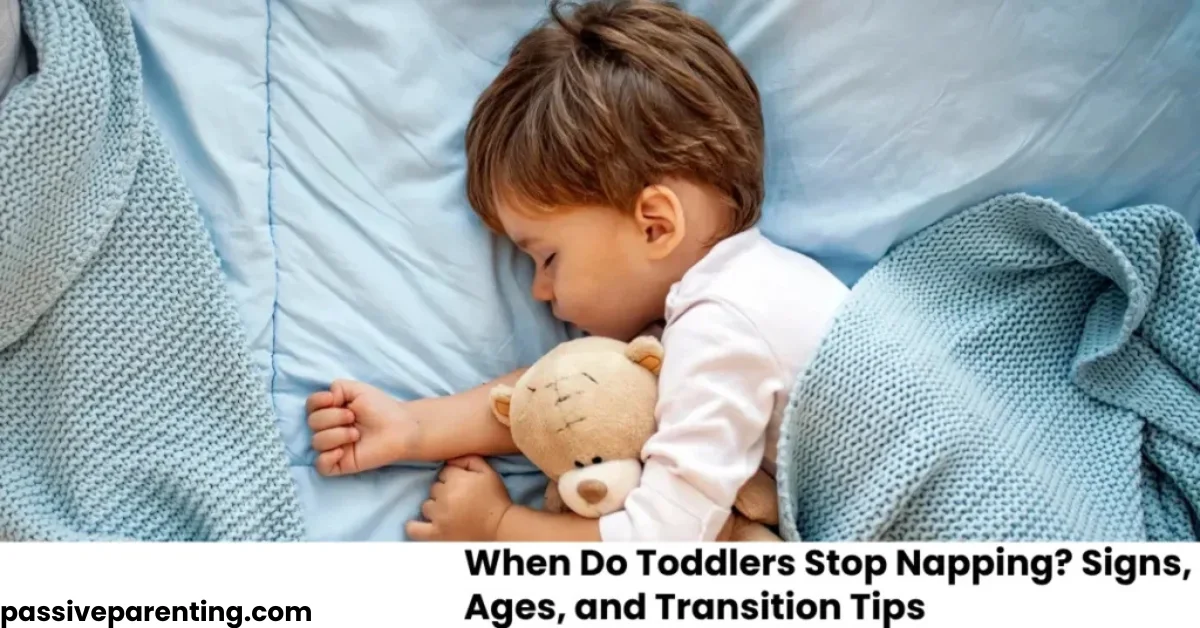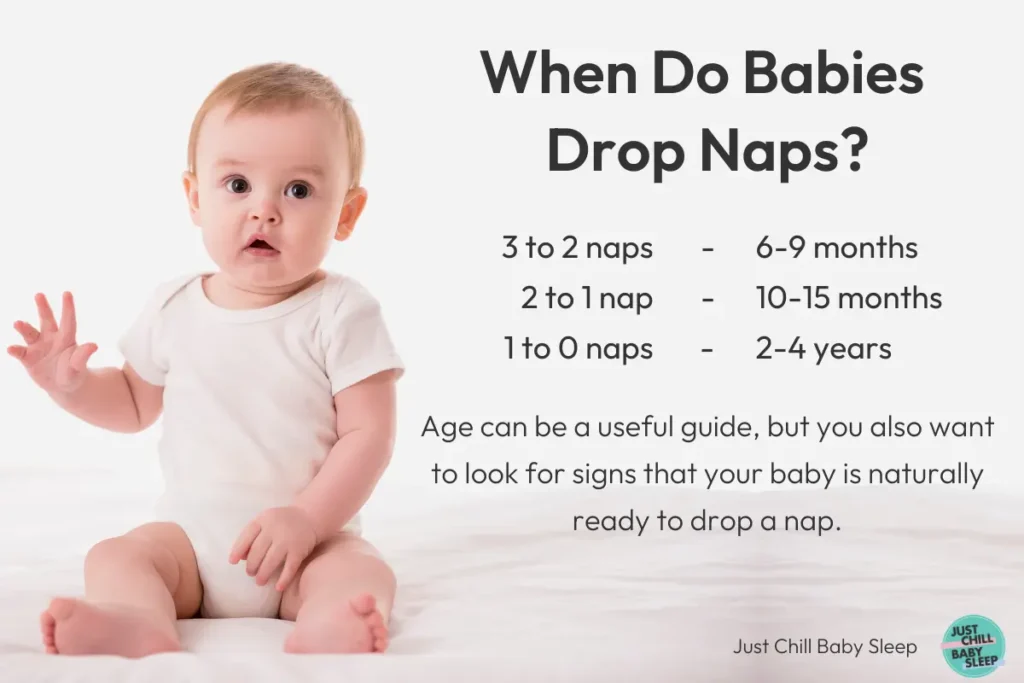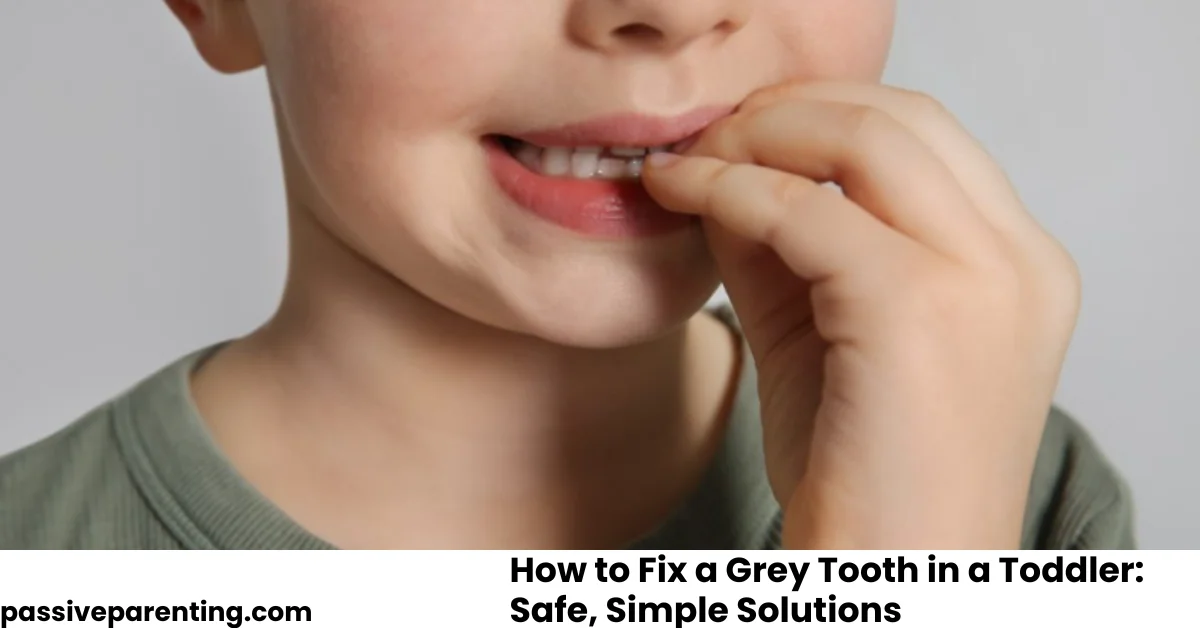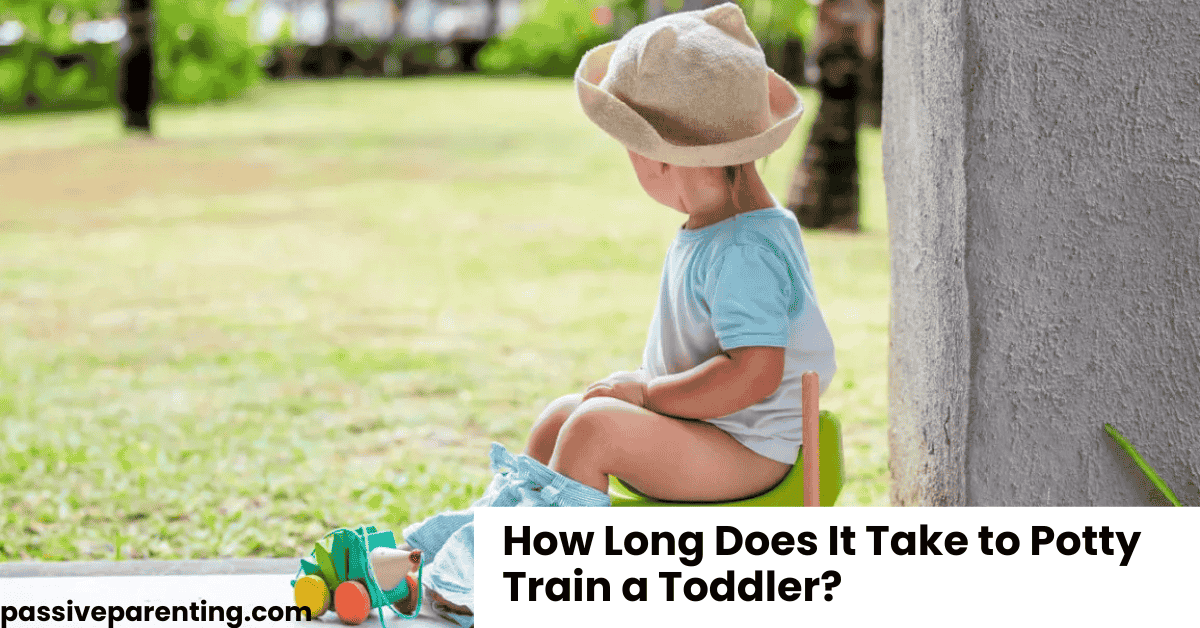Many parents wonder when do toddlers stop napping as their child’s sleep patterns start to change. Naps are essential in the early years, giving a toddler’s brain and body time to grow and recharge. But as children get older, daytime sleep gradually shifts, and some little ones begin to resist their regular nap even when they still need rest. The timing of this change varies widely depending on age, development, and daily routines.
This guide explains typical ages when toddlers drop their last nap, clear signs that your child may be ready to stay awake, and tips to manage the transition smoothly. You will also learn how to handle occasional nap returns, set a consistent bedtime, and support healthy nighttime sleep, so your toddler stays well rested even as daytime naps fade.
Understanding Toddler Sleep Needs
Toddlers require 11–14 hours of sleep daily, including naps, according to the American Academy of Pediatrics (AAP). As they grow, their need for daytime sleep decreases, prompting questions like when do kids stop napping and when do children stop napping. This section explores why naps fade and how developmental changes influence this shift, addressing when do toddlers drop their nap.
- Sleep Development: Infants (0–1 year) need multiple naps (2–4 daily), while toddlers (1–3 years) transition to 1–2 naps, addressing when do babies stop napping. By ages 3–5, many require only nighttime sleep (10–13 hours).
- Brain Maturation: Increased cognitive and physical stamina reduces nap necessity, explaining when do kids stop needing a nap.
- Individual Variation: Some toddlers drop naps as early as 2, while others continue until 5, answering average age kids stop napping.
Understanding these shifts sets the stage for identifying when your child is ready to drop naps, aligning with what age should a child stop napping.
What Age Do Toddlers Stop Napping?
This section breaks down the average age range when toddlers begin to drop naps and explains why nap timelines can vary from child to child.
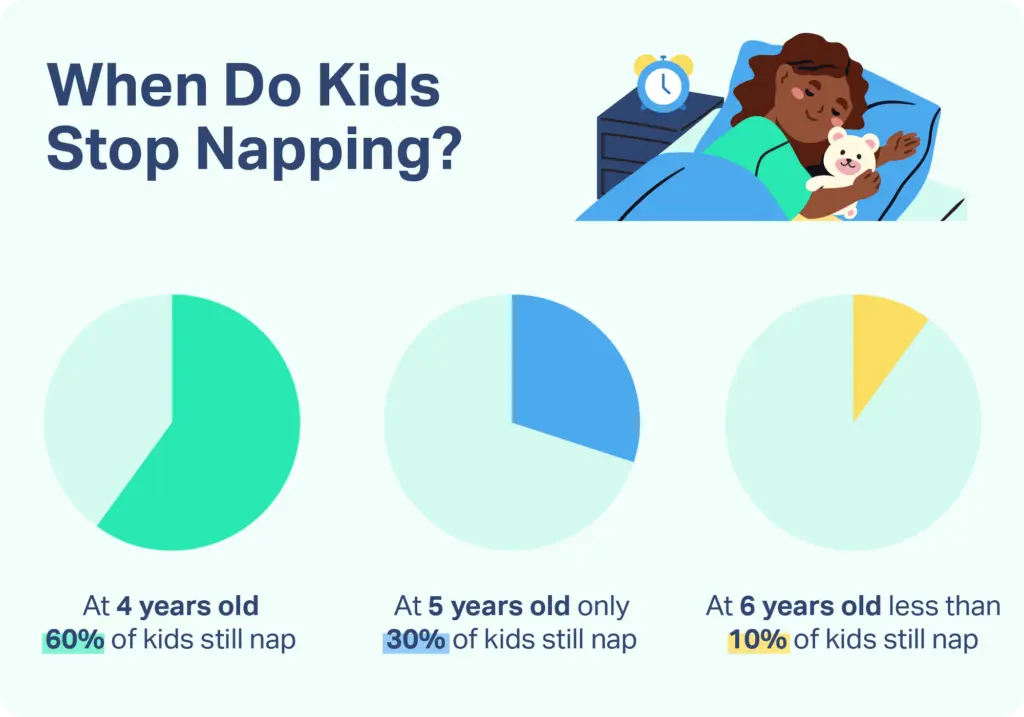
Average Age Kids Drop Naps
The average age kids stop napping falls between 3 to 5 years old. Some toddlers may begin skipping naps as early as 2.5, while others continue needing daytime rest until they’re 5 or even 6. There’s a wide range of normal.
When Do Toddlers Drop Their Last Nap?
Most children drop their last nap around the time they begin preschool or kindergarten. This often coincides with a more consistent bedtime routine and the ability to stay alert throughout the day.
When Do Kids Stop Taking Naps Altogether?
According to sleep experts, by age 5, around 70–80% of children no longer need daily naps. However, that doesn’t mean they won’t benefit from rest. Quiet time or downtime often replaces structured naps during this phase.
Signs Your Toddler Is Ready to Drop a Nap
Every child is different, but there are common signs your toddler is ready to stop napping that parents can watch for:
1. Nap Resistance
If your toddler starts fighting naps consistently—playing in bed, refusing to sleep, or taking much longer to fall asleep—it may signal readiness to drop the nap.
2. Nighttime Sleep Disruptions
When naps interfere with your child’s ability to fall asleep at night, it’s time to reassess. If your toddler is staying up late or waking frequently, the nap may be affecting their overall sleep needs.
3. Shorter or Skipped Naps
Does your toddler begin skipping naps multiple days a week or napping for only 20–30 minutes? These patterns indicate they may no longer need daily daytime sleep.
4. Stable Mood and Energy
If your toddler remains happy, alert, and emotionally balanced throughout the day—even without a nap—they’re likely ready to give it up.
When Do Kids Stop Needing a Nap?
Just because your child can go without a nap doesn’t always mean they should. Here’s what to consider:
When Do Children Drop Naps by Developmental Stage?
- 18–24 months: One daily nap is typical
- 2–3 years: Nap resistance may begin
- 3–4 years: Many kids start dropping their nap
- 4–5 years: Most children no longer nap daily
- 5–6 years: Only 10–15% still nap regularly
What Age Should a Child Stop Napping?
There’s no exact age for when kids should stop napping. If your child meets developmental milestones, functions well without daytime sleep, and maintains a full night’s rest, it may be time to move on from naps.
Timeline of Nap Transitions
To address when to drop the last nap and when do toddlers drop last nap, here’s a timeline of typical nap transitions, based on AAP and National Sleep Foundation guidelines:
| Age | Nap Frequency | Notes |
|---|---|---|
| 0–1 Year | 2–4 naps daily | Infants need frequent naps, addressing when do babies stop needing naps. |
| 1–2 Years | 1–2 naps (1–3 hours total) | Transition to one nap by 18 months, aligning with when do babies stop napping. |
| 2–3 Years | 1 nap (1–2 hours) | Many drop to one nap, addressing when do toddlers drop their nap. |
| 3–5 Years | 0–1 nap | Most stop napping by 3–4; some continue until 5, answering what age do kids drop naps. |
This when do kids drop nap timeline can be visualized as a chart for user-friendly reference, addressing at what age do kids stop taking naps.
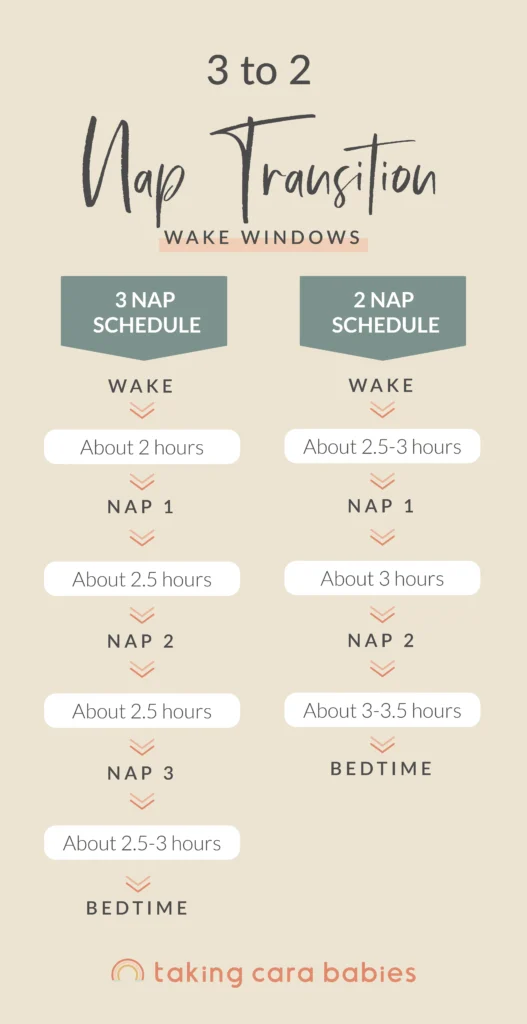
Strategies for a Smooth Nap Transition
Transitioning away from naps can be challenging, addressing when to stop naps and when do kids drop their nap. Below are expert-backed strategies to ease this change, ensuring parents feel confident about when do toddlers stop taking naps:
Gradual Reduction
- Shorten Nap Time: Reduce naps from 2 hours to 30–60 minutes over weeks, addressing when do toddlers start skipping naps.
- Skip Occasionally: Allow nap-free days 1–2 times per week, monitoring behavior, aligning with when do kids drop naps.
Introduce Quiet Time
- Replace Naps: Offer 30–60 minutes of quiet activities (e.g., reading, puzzles, or audio stories) to rest without sleep, addressing when do children drop naps.
- Create a Routine: Use a cozy space with dim lighting to maintain calm, answering when do kids stop needing a nap.
Adjust Bedtime
- Earlier Bedtime: Shift bedtime 30–60 minutes earlier (e.g., from 8 PM to 7 PM) to ensure 10–12 hours of nighttime sleep, addressing when should kids stop napping.
- Monitor Sleep Debt: Watch for overtiredness (e.g., irritability, difficulty waking), adjusting as needed, aligning with when do toddlers drop their last nap.
Handle Resistance
- Stay Consistent: Maintain regular sleep schedules to avoid disruptions, addressing when do kids stop taking naps.
- Offer Choices: Let toddlers choose quiet time activities to reduce resistance, answering when do naps stop.
These strategies address what age do kids stop napping by providing actionable steps for parents.
When to Drop the Last Nap
Dropping the final nap is a major transition. Here’s how to know when and how to do it smoothly.
Key Indicators:
- Nap interferes with bedtime
- Toddler stays awake happily during the day
- Nap skipped multiple days a week
Transition Strategy:
- Gradually shorten the nap or limit nap time to earlier in the day
- Replace nap with quiet time using books or soft music
- Ensure bedtime is consistent to prevent overtiredness
Remember: This phase might involve nap regressions—temporary returns to napping during illness, travel, or growth spurts.
When Do Kids Give Up Naps for Good?
Some parents worry if their child is late to give up naps or gives them up too soon. But nap needs are as unique as the child.
- When do kids drop their nap? Often between ages 3 to 5.
- When do toddlers drop their last nap? Usually around preschool age, when they can handle longer periods of wakefulness.
- When do toddlers start skipping naps? It may begin gradually with inconsistent napping days.
The key is to follow your child’s signals and not force the transition too early.
How to Replace Naps with Quiet Time
When your toddler stops napping, it doesn’t mean they should go full throttle all day. Instead, try implementing quiet time to help them reset.
Quiet Time Ideas:
- Looking at picture books
- Listening to calm music or audiobooks
- Doing puzzles or coloring quietly
Quiet time helps preserve routines and gives both you and your child a break—even if no actual sleep occurs.
What If Naps Come Back?
Sometimes, children who’ve stopped napping start napping again. This is usually temporary.
Possible Triggers:
- Growth spurts
- Illness or fatigue
- Big transitions (e.g., new sibling, school changes)
In these cases, let them rest as needed and adjust the routine accordingly. When do naps stop permanently? Usually when these occasional naps become rare and unnecessary.
Common Myths About Toddler Naps
Many misconceptions exist about when and why toddlers stop napping. Let’s clarify some of the most common myths and what the facts really say.
Myth: All kids should stop napping by age 3.
Fact: Many toddlers nap until 4 or 5, and that’s perfectly normal.
Myth: If your child skips a nap, they’ll sleep better at night.
Fact: Overtired toddlers may sleep worse, not better.
Myth: Napping delays independence.
Fact: Naps support brain development and emotional regulation.
When to Consult a Pediatrician
If nap cessation causes significant issues, addressing when do kids.stop napping and when do kids atop napping, consult a pediatrician if:
- Persistent Fatigue: Excessive crankiness or lethargy persists after nap cessation.
- Sleep Regression: Nighttime sleep drops below 10 hours or includes frequent waking, aligning with when do kids drop their nap.
- Behavioral Changes: Increased tantrums or difficulty focusing may indicate sleep needs aren’t met, answering what age do kids stop taking naps.
This ensures parents feel supported, addressing when do toddlers stop taking naps.
FAQs About When Toddlers Stop Napping
Conclusion
So, when do toddlers stop napping? While there’s no fixed age, most toddlers begin to phase out daytime naps between 3 and 5 years old. The key is to pay attention to your child’s unique signs—resisting naps, staying alert during the day, and sleeping well at night. With gentle transitions and consistent routines, dropping the nap doesn’t have to be stressful.
Remember, naps may fade—but rest is still essential. By substituting naps with quiet time, you’re still supporting your toddler’s growth, development, and emotional well-being.
Use this guide as your go-to resource for understanding when kids stop napping, and navigate the process confidently and calmly.

